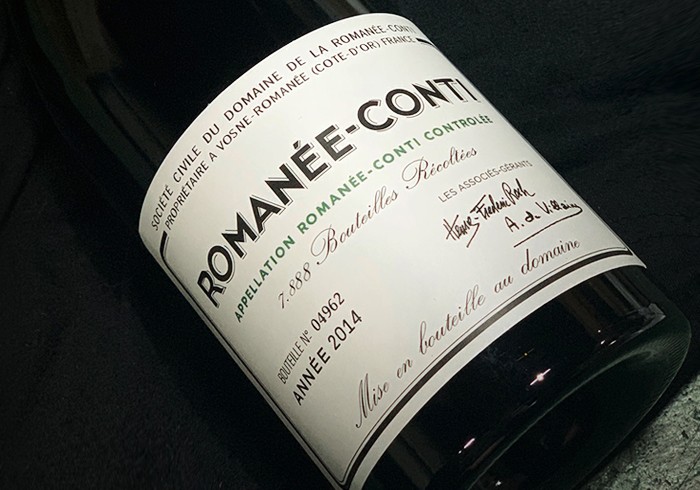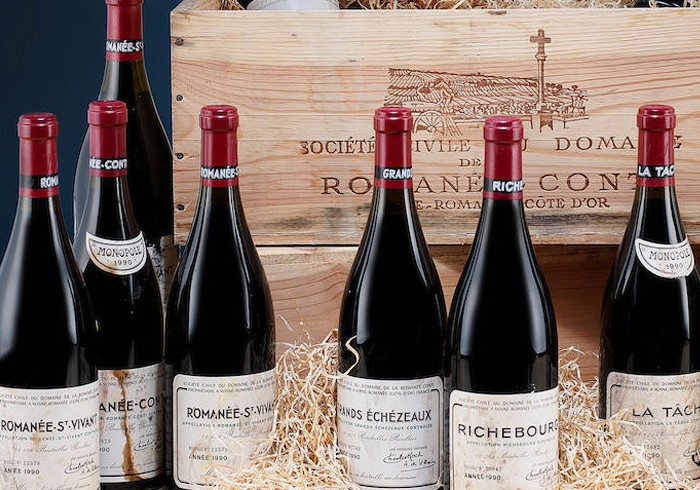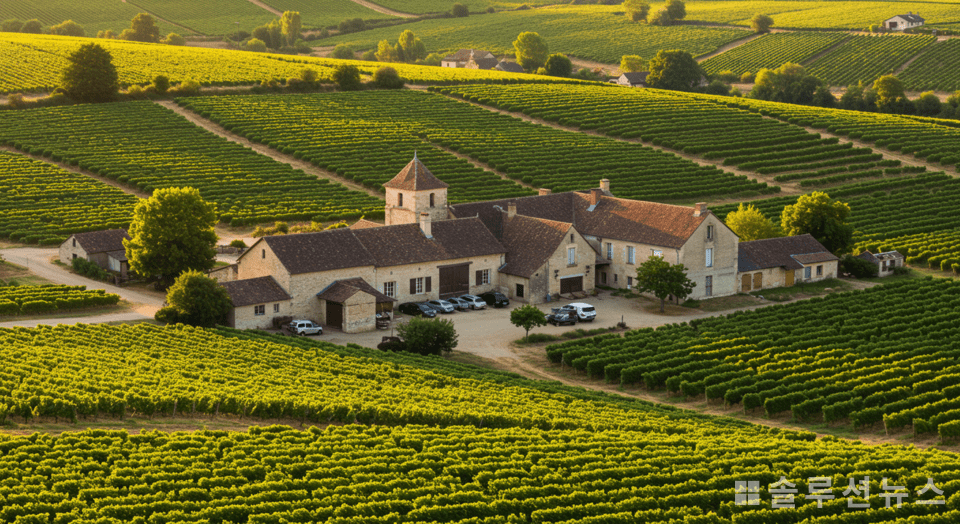Wine is not merely a beverage. It operates as a complex system intertwined with industrial strategy and marketing, functioning as a cultural asset of nations and a high-value product in the global market.

European traditional wines, especially those from France, have established an image of being the ‘world’s best’ for decades, becoming a symbol of premium wines. Wines labeled with names like Bordeaux, Burgundy, and Champagne hold iconic status in auction markets and Michelin restaurants. However, there remains doubt as to whether this reputation is solely due to quality. Experts point out that it is merely a product of brand mythology and emphasize that the structure of the international wine market is a thorough product of national marketing and political diplomacy.

The Grand Cru wines of Bordeaux, classified as representative luxury wines, are traded at prices of millions per bottle. Romanée-Conti has repeatedly surpassed 100 million won per bottle at auctions. Yet, blind tasting results have often been surprising. Even experts have repeatedly failed to distinguish it from mid-to-low-priced wines. Since the 2000s, similar results reported at various international tastings have amplified voices reconsidering the impact of brand and price on wine quality assessments.
Price determination is also marketing-centric rather than quality-based. Especially in the premium wine sector, prices are artificially adjusted by limiting production or emphasizing scarcity. In particular, in the Burgundy region, where the vineyard area is limited and there are many small producers, a single bottle of wine is traded at millions. However, evaluations coexist that the actual fermentation technology or grape quality is not significantly different.

The scarcity of luxury wines is more of a planned strategy than a natural result. Certain brands pre-allocate ‘quotas’, ‘vintages’, ‘export volumes’ each year, and regulate the market by supplying less than actual demand. Through this process, premium wine transforms from a consumable drink to an ‘investment product’ with asset value. In active wine auction markets like Hong Kong, London, and Singapore, rarity and ownership carry more value than price.
Famous wineries meticulously control annual bottle counts, distribution channels, and regional allocations. Prices are set irrespective of production costs and can show vast differences even within different lines from the same producer. Some experts criticize that the phenomenon where prices for luxury wines remain unaffected by climate change or brewing errors is based on a commercial fiction called ‘brand premium.’
The branding of luxury wine cannot be explained solely by market logic. In France, it began with the classification of Bordeaux wines at the 1855 Paris World’s Fair under the initiative of then-Emperor Napoleon III. The grading system at the time distinguished wines from first to fifth grade based on export performance and reputation, soon becoming the official hierarchy of French wines.
However, the standards of that time were not based on strict scientific quality verification but on the ‘reputation’ and ‘market price’ of the era. In other words, it was determined by how well-known and expensive they were sold for, meaning it doesn’t necessarily match the current taste or quality of the wine. Nevertheless, this classification system is still acknowledged as an authority in the world wine market, continuing to attract skeptical views.
Wine embodies senses and stories that cannot be quantified. Even if one escapes the frame created by brands, the lingering taste and aroma a glass of wine offers remain special. Understanding the structure broadens the horizon of choice, and the journey to discover personal preference is always meaningful. Choosing truly good wine ultimately begins with establishing your own standards.